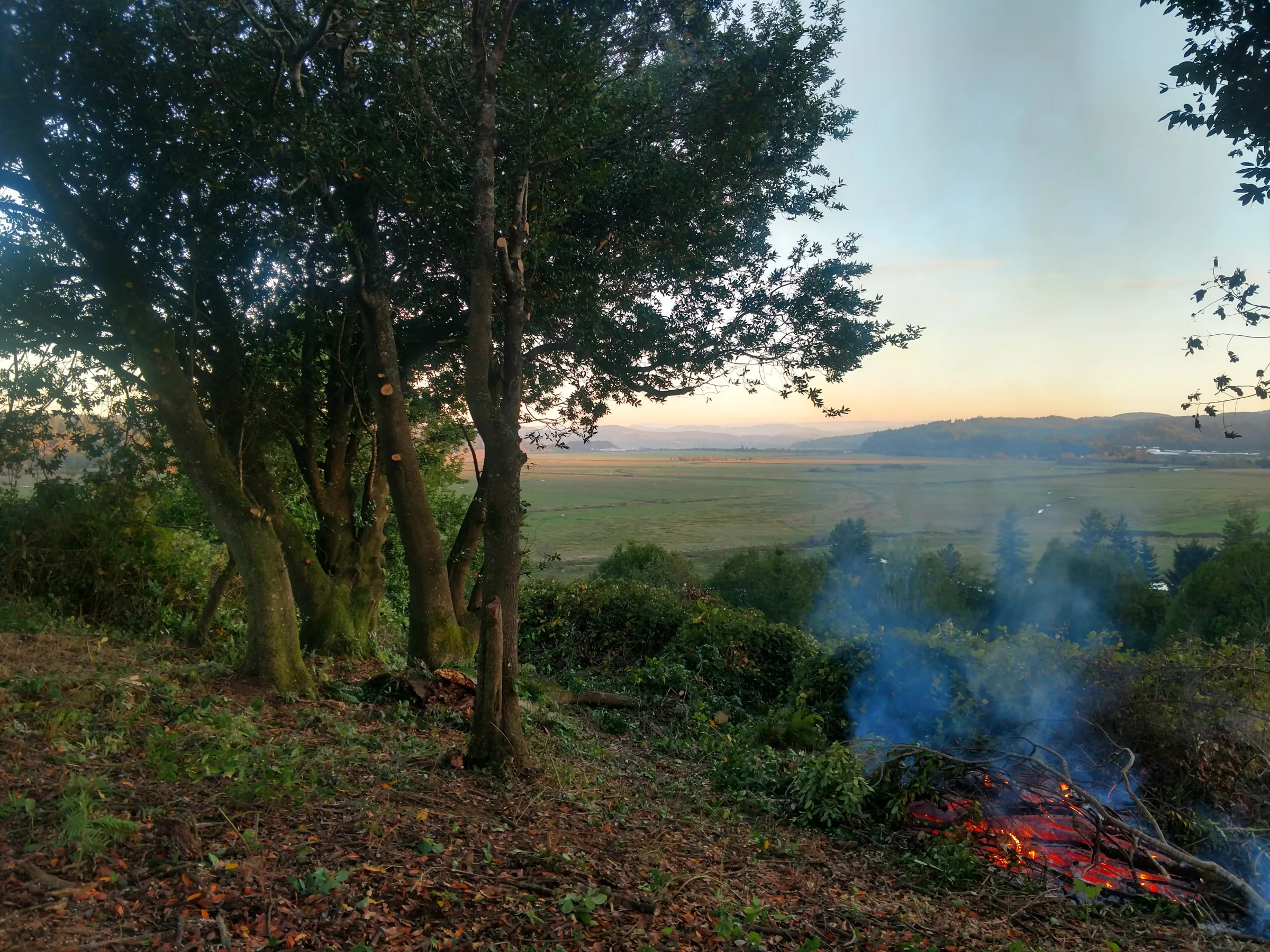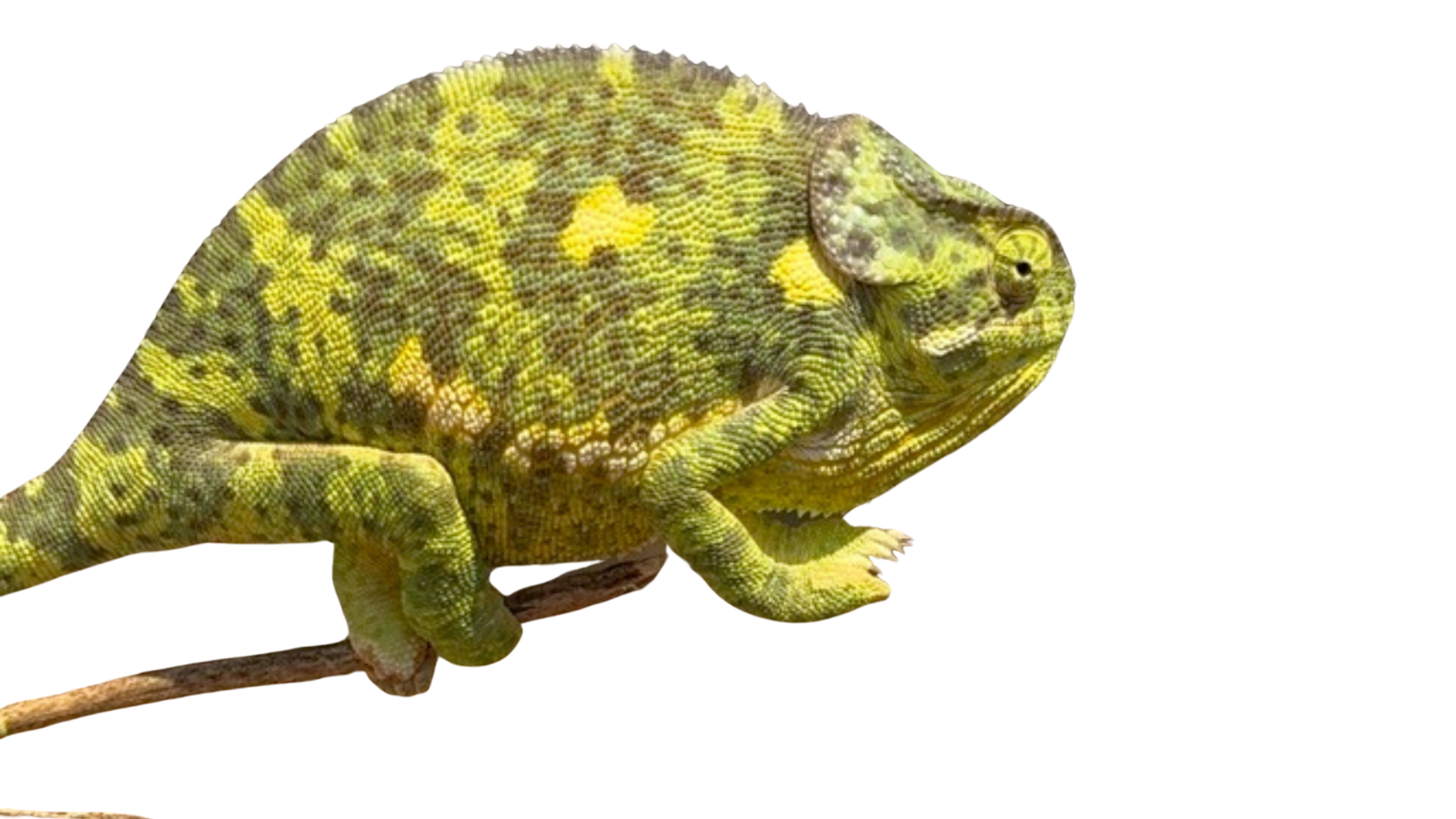There are a lot of people telling ranchers how to be more eco. I think they are almost all… not quite right. Often the people who want to change ranchers lose sight of the forest for the trees. As someone who is constantly running into trees because he is staring at the forest, let me tell you what I mean. Different authorities tell ranchers to:
Plan their grazing.
Increase their residual dry matter.
Lower their stocking rates.
Increase their stocking rates.
Increase their recovery times.
Increase their density.
Don’t do any of those things. At least not yet. Those are tactics, but what is our strategy? There is a lot of focus on methods in the grazing world. We will create much better management if we first clearly articulate what we are trying to do. So what are we trying to do?
Before I get into that, I guess I should tell you what’s been going on at the ranch, even though I would prefer to just keep running into tree trunks rather than looking at trees. Speaking of tree trunks and running into them, Abel was walking on one during Dada/Abel ranching time this week. He insisted that I stop the four-wheeler so he could get out at one particularly nice Ash tree. I am almost always thinking about the things I need to do to make money on the ranch and so lose sight of the fact that I am ranching because I want Abel to grow up around trees and grass and cattle and birds. He doesn’t forget. I hadn’t noticed it before, but for some reason, this tree is full of old man’s beard. It leans over in just a way that is inviting for a two-year-old to climb on. We could see that the raccoons regularly trace the same path that he was taking. I showed him how they were eating blackberries, just like he has been (see facebook for pictures). We have never seen a raccoon on the property, but we know they are here thanks to tracking. Despite not actually seeing a live raccoon, Abel is now very interested in raccoons and points them out in all his books. Now, let’s get out of the real world, quick. It’s dangerous out there.
I think that the following statement is the best possible summary of what we eco-grazers are trying to accomplish:
We are trying to mimic the impacts that herbivores had on vegetation, on average, over the last, say, 30 million years.
If we plan our grazing, get high density, increase recovery periods, and increase residual dry matter, but do a poor job mimicking the effects grazing animals had over evolutionary history, we would have failed. If we mimic those patterns without doing any of those other things, we would have succeeded.
The problem is that we know practically nothing about the effects of grazing animals over relevant periods of evolutionary history. One reason for this is that we have almost no examples of grazing ecosystems that are even halfway decent. The one example is the Serengeti.
The other problem we encounter is that when we do look at the Serengeti, we find a complicated system. It is more complicated than any of the methods that are thrown around in the grazing world. If we follow the herds of the Serengeti over the course of the season, they produce almost the full possible range of animal densities and recovery times. In January and February, the herds concentrate in the south of the ecosystem and their densities and recovery times are more or less intermediate, with graze periods that range between one day and one month, let’s say. By June and July, the herds form lateral lines that stretch for miles in the midsections of the park, with animals marching shoulder to shoulder, one animal deep. These lines are probably the highest stock densities possible. In August and September, these herds splinter and spread out to there lowest densities of the year, chasing the odd sprinkle of rain. Then in October and November, at the height of the dry season, the animals again congregate on the North end of the park to graze at intermediate densities and recovery periods before starting it all over again. On top of all that, there are some areas of the park where the animals really never leave, creating patterns that resemble continuous grazing. This is why all grazing methods are wrong and always will be. Savanna ecosystems were more complex than can be reflected in any method.
I would suggest that limiting your tools to continuous grazing is probably not the easiest way to mimic the dynamic I outlined above. But is limiting yourself to ‘mob grazing’ going to be the best way?
So there are hardly any examples to go off of, and those examples present complicated pictures. Those are reasonable excuses for a lack of information. Less excusable, the fact that we seem to have made very few attempts to characterize how the Serengeti grazing ecosystem works with an eye to helping land managers mimic that pattern. If there are any ecology undergrads out there looking for something to study, as a grazing manager I would find it useful to have some quantitative data that looked at animal density and recovery periods in the Serengeti. You could probably do the research with Google Earth images. We need so much more information on this front from many other sources (including paleoecological proxies), but this would be a good start.
Byron Palmer and I started talking about this after looking at the results we were achieving on our different ranches. Due to different constraints, we have a range of densities and recovery periods on our properties. Some paddocks we graze for a month or two straight, others we have grazed at high densities moving several times a day. We often noted how it was totally possible to make the places where we grazed for a month look pretty much the same as the ones we grazed for a few hours. As the years have gone on, I can’t say I have noticed a major difference on the different ranches and a cursory look the data doesn’t prove that wrong, all of the properties have added species, and at about the same rate. That’s just what we are seeing.
It is still early days in my attempt to sort all this stuff out. But the initial rule of thumb that I am using is, if the grass is short and green, let the animals spread out, and if the grass is tall and brown, density is more important. When the grass is short and green, there is first of all much less feed density, so it seems reasonable that animal density would need to go down. On top of that, when the grass is green and short, grazers can see predators coming from a mile away. They just aren’t going to be nearly as worried about them so they won’t herd up as tight. I think that grass structure is largely built around this simple pattern.
The second rule of thumb; don’t put yourself in the position where you have to graze tall, brown grass. At least anywhere that I have lived, with the species of animals I’ve worked with, with the economic constraints I’ve had, it’s not pretty.
Bud Williams summed up his approach to grass management with the statement “Treat the best grass the way it wants to be treated.” This is a good reminder that just because savanna ecosystems are complex doesn’t mean our management needs to be. In fact, if you think about it, the goal that I layed out (mimicking over evolutionary history, blah, blah) is just another way of saying what Bud said. If you can treat the best grass the way it wants to be treated with continuous grazing than you should do it that way. If you can do it best with high density, go for it, and if it needs something in between, well there you are. If you want to be wrong, the only person you have to fool is yourself. Just remember, it is just as easy to fool yourself from any point on this spectrum. A simple understanding will always beat a complex method.
Next week I am going to take us on a deeper dive into one of the few studies that look at grass response to grazing in the Serengeti. When was this study conducted? The seventies. Forty years of lost opportunities.

